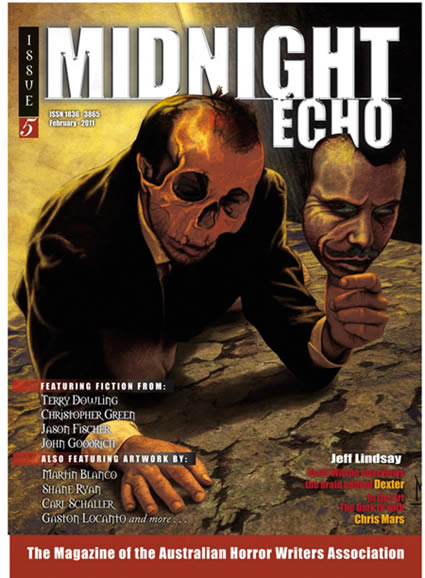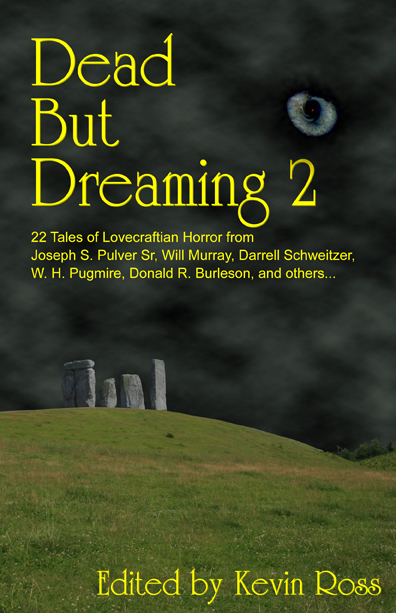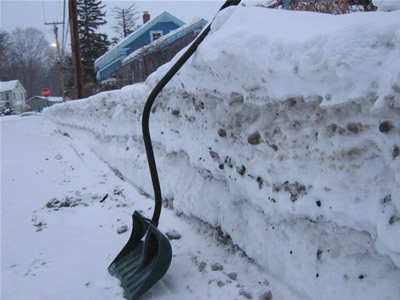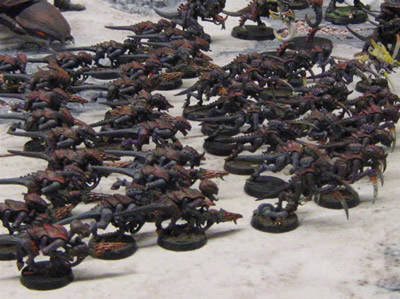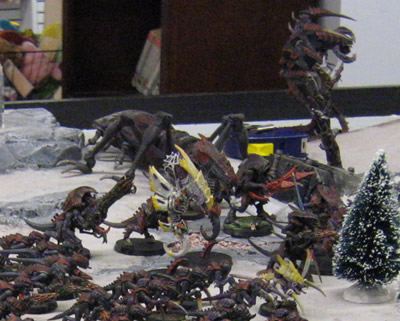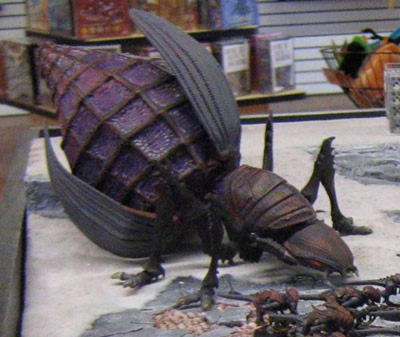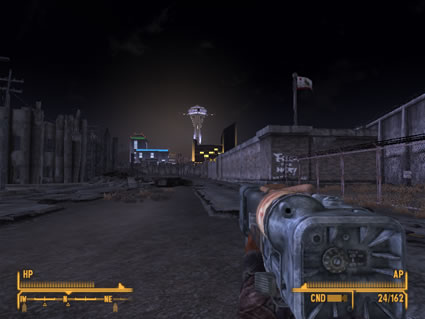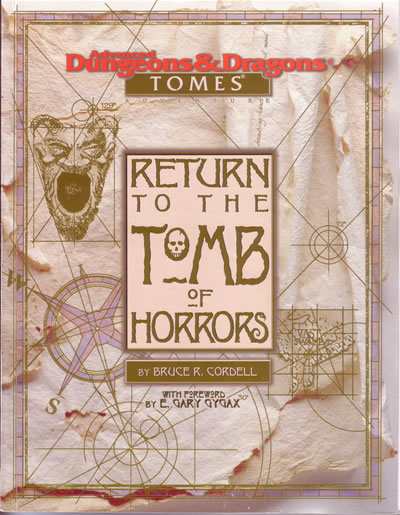 Return to the Tomb of Horrors has a very late nineties feel. Dungeons and Dragons had expanded enormously from its original days of a largely terrestrial combat encounter game to setting within a larger multiverse with dozens of planes that could be visited. Multiple campaign settings had come been published, including the dimension-hopping Spelljammer, which took place on sailboats that plied the spaceways between magical stars. There are unfortunate aspects to the period, also. The term ‘demon’ is never used in the text. Following the Satanic Panic of the late 80's, the term demon was replaced with tanar’ri. Because if you change something’s name, you change its nature, right?
Return to the Tomb of Horrors has a very late nineties feel. Dungeons and Dragons had expanded enormously from its original days of a largely terrestrial combat encounter game to setting within a larger multiverse with dozens of planes that could be visited. Multiple campaign settings had come been published, including the dimension-hopping Spelljammer, which took place on sailboats that plied the spaceways between magical stars. There are unfortunate aspects to the period, also. The term ‘demon’ is never used in the text. Following the Satanic Panic of the late 80's, the term demon was replaced with tanar’ri. Because if you change something’s name, you change its nature, right? Second edition mega-adventures don’t start at the door of the dungeon. Return has two adventure sections before the adventurers even reach the Tomb. The lead-up provides the adventurers with information concerning the ultimate end of the adventure, as well as a string of clues that get them to the tomb without the GM having to say “You arrive at the Tomb of Horrors.” As someone used to the investigative play style of Call of Cthulhu, I find the clues that link the plot to be fairly weak and easily missed.
The adventure does have a fairly grand plot behind it. The original Tomb simply had the trap-laden tomb with Acererak waiting passively in the middle. The Return features a grand plan of apotheosis for the lich, interplanar locations, a spooky city in the midst of nowhere, and a second dungeon-style Tomb, the Fortress of Conclusion, out in the planes.
The Return shows how much Dungeons and Dragons had changed in twenty years. Now there was a great deal happening behind the scenes of the adventure, which the adventurers would only become aware of as they progressed in the adventure. Acererak now had a background that could be learned, and an overarching plot that had to be foiled. The characters’ motivation is no longer “treasure” or “because it is there” but because very bad things will happen if they do not pursue the adventure to the end.
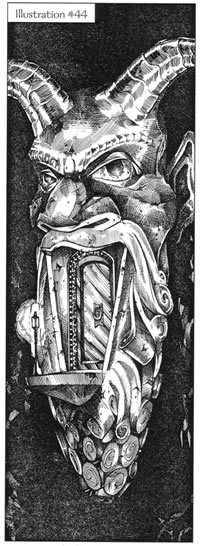 The Return also encompasses the original Tomb, giving it a sense of continuity. Return is literally built around the original tomb, creating a continuity from the old adventure to the new. I can’t view it as pastiche, because it expands on the original adventure, retaining certain iconic elements (the Green Devil Face, for example) while introducing a far more than the first adventure.
The Return also encompasses the original Tomb, giving it a sense of continuity. Return is literally built around the original tomb, creating a continuity from the old adventure to the new. I can’t view it as pastiche, because it expands on the original adventure, retaining certain iconic elements (the Green Devil Face, for example) while introducing a far more than the first adventure. Although the Return also includes a booklet of images to show the players, these are poorly chosen. The originals were there to hand clues to the players. These are much less necessary. Do we really need a drawing of a room with a dirt floor and three coffins? Or a walkway stretched over a room full of bones?
Ultimately, The Return to the Tomb of Horrors is a reasonably satisfying continuation of the Tomb of Horrors. The traps are less crazy deadly; there are few “characters are dead, no saving throw” traps. It’s a good read, longer than the original, with a lot more change of setting, and much more plot. It has a lot more polish, but in places seems to lack the ferocious creativity Gygax put into giving the players, and their characters, a real challenge.
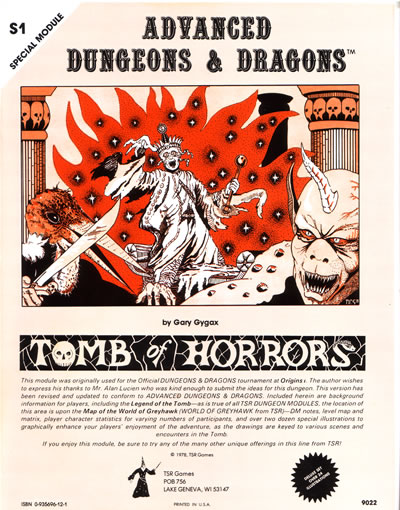
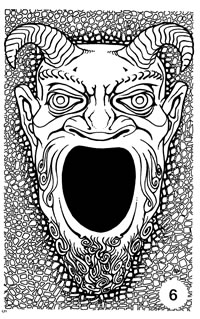 Unique among adventures up to this point,
Unique among adventures up to this point, 